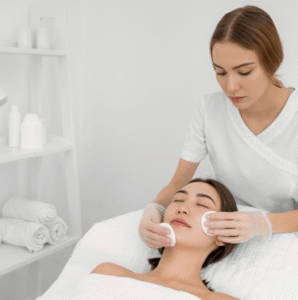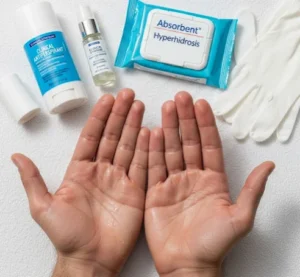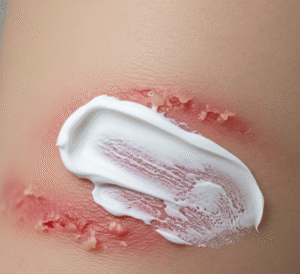What it is
➝ Silicone adhesive dressings are flexible sheets or gels made of medical-grade silicone that are applied over healed wounds or surgical sites to reduce the development of hypertrophic scars and keloids.
➝ They work by maintaining an occlusive, hydrated environment and by applying gentle pressure, which helps regulate collagen production in scar tissue.
➝ These dressings are commonly used after surgical incisions, burns, trauma wounds, and cosmetic procedures.
➝ In Korea, silicone dressings are widely available in dermatology, plastic surgery, and wound clinics, and are a routine part of scar management programs.
Why it’s done
→ To reduce the risk of hypertrophic or keloid scar formation.
→ To improve the appearance, texture, and color of existing scars.
→ To reduce symptoms such as itching, tightness, and discomfort in scar tissue.
→ To support cosmetic healing, which is particularly emphasized in Korea where post-surgical aesthetics are highly valued.
Alternatives
→ Silicone gels/ointments: Transparent and easier for facial or visible scars.
→ Pressure therapy: Elastic garments or pressure bandages, often for burn scars.
→ Corticosteroid injections: For raised or symptomatic keloids and hypertrophic scars.
→ Laser therapy: Fractional CO₂, pulsed dye laser (PDL), or Nd:YAG to reduce redness and thickness.
→ Surgical revision: For severe or resistant scars.
Preparation
→ Apply silicone dressing only after the wound is completely healed (no open areas or oozing).
→ Clean and dry the skin before application to ensure adhesion.
→ Choose an appropriate dressing size that covers the scar with at least 1 cm margin around edges.
→ In Korea, clinics often provide scar care kits with silicone dressings, cleansing products, and moisturizers.
How it’s Done
→ Cut silicone sheet to fit the scar area.
→ Apply directly over the scar, ensuring firm contact without wrinkles.
→ Wear continuously for 12–24 hours daily, removing only for cleaning.
→ Wash the dressing and scar site daily with mild soap and water.
→ Reuse silicone dressings for 2–4 weeks before replacing, depending on product durability.
→ Treatment usually continues for 2–6 months, sometimes up to a year for large scars.
Recovery
→ Within 4–8 weeks, patients often notice scars becoming softer, flatter, and less red.
→ Long-term use can significantly reduce thickness, discoloration, and itching.
→ Cosmetic satisfaction is high, particularly when started early after wound healing.
→ In Korea, combination therapy (silicone dressing plus laser or steroid injection) is common for optimal results.
Complications
→ Skin irritation or mild rash from adhesive in sensitive patients.
→ Sweating and maceration if worn too long without cleaning.
→ Poor compliance if patients find long-term daily use inconvenient.
→ Most side effects are minor and reversible with proper hygiene.
Treatment Options in Korea
→ Silicone adhesive dressings are widely available through pharmacies, hospitals, and cosmetic clinics.
→ Popular Korean medical brands offer thin, transparent silicone sheets designed for discreet daily use, especially after cosmetic surgery.
→ Plastic surgeons in Korea frequently prescribe silicone sheets after double eyelid surgery, rhinoplasty, facelifts, and breast surgery to improve scar outcomes.
→ Burn centers and reconstructive units use silicone dressings in combination with pressure garments and laser therapy for difficult scars.
→ Patients are often counseled in scar clinics about consistent long-term use, with regular follow-up photography to track progress.
→ With Korea’s focus on aesthetics and advanced wound care, silicone adhesive dressings are considered standard care for scar prevention and treatment, integrated into both medical and cosmetic recovery programs.












